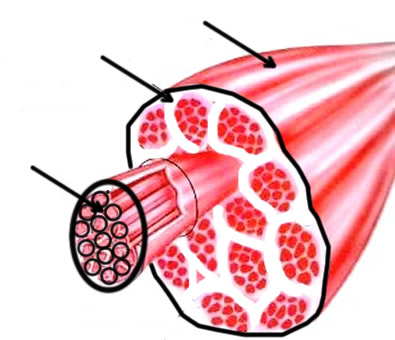

Its function is secretion and absorption by cells of the kidney tubules: secretion by cells of glands and ch or oi d pl ex us es mo ve me nt of pa rt ic le s em be dde d in mu cu s ou t of th e te rm in al bronchioles by ciliated cells. It s str uct ure is a sin gle -la yer of cub e-s hap ed cel ls som e cel ls hav e mic rov oll i (ki dney tub ule s) or cil ia (te rmi nal bron chi ole s of the lun gs). Cub oid al epi the li um has been exa min ed as wel l. In addition to stru cture and mov eme nt, bon es sup port ene rgy met abol ism, the prod uct ion of blo od cel ls, the imm une sys tem, and bra in fun cti on (Ne wma n, 2022 ). It also removes defective red blood cells and plate lets from the circul ation. In fact, it is the main source of circulating antibodies. Its function is that it reacts to bloodborne antigens by producing antibodies. The human spleen is the largest lymphoid organ and thus the largest filter of blood in the human body and it is found between the stomach and the diaphragm. This type of epithelium is found in the respiratory tract and fun cti ons to sec ret e muc ous and mov e mat eri al up the respi rat ory tra ct thr oug h the beating of cilia. Importantly, all cells are attached to the basement membrane. Pseudostratified epithelia consist of a single layer of cells, but due to the different heights of the cells, it gives the appearance of having mutliple layers of cells, hence the name pseudostratified.

The function of it is to diffuse, filtrate, some secretion, and some protection against friction It is commonly found in the lining of blood vessels and the heart, lymphatic vessels, lung alveoli, portions of kidney tubules, and the lining of serous membranes of body cavities (pleural, pericardial, peritoneal) (VanPutte et al., 2021). Its structure is a single layer of flat, often hexagonal cells the nuclei appear as bumps when viewed in cross section because the cells are so flat. Then we look at simple squamous epithelium. It also allows the organ to stretch and increase its volume depend ing on flui d press ure. (Epithelium: What It Is, Function & Types, n.d.) Due to its location in the excretory system, especially in the ureters and urinary bladder, one of the primary functions of this tissue is to be an extremely effective permeability barrier, impenetrable to water and most small molecules. It lines most of your urinary tract and allows your bladder to expand. It is made up of several layers of cells that become flattened when stretched. The first to be examined was transitional epithelium. For this tissue, we have gathered seven slides to look under the microscope. Epithelium is especially important in hollow organs with openings to the outside environment, because it protects against foreign materials entering the body. It forms the layers that cover the surfaces and line the hollow organs of our body. It is primarily a cellular tissue, meaning there is very little extracellular material between the cells. I n this lab report, we first examined the epithelium tissue. We've looked into these four tissues under the microscope. There are four primary categories of tiss ue: nervous, epitheliu m, muscl e, and connective.


 0 kommentar(er)
0 kommentar(er)
